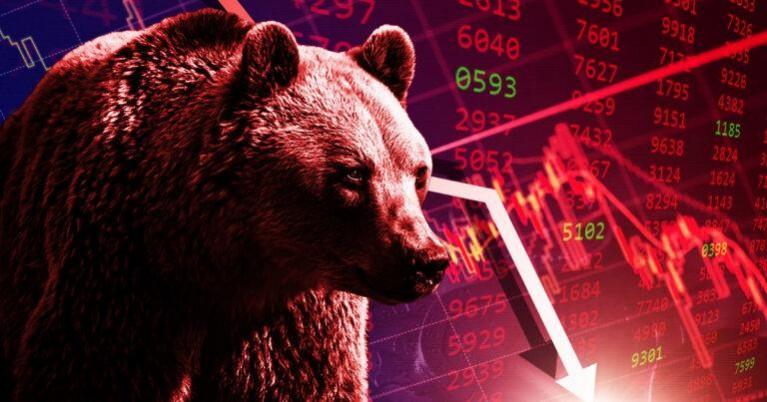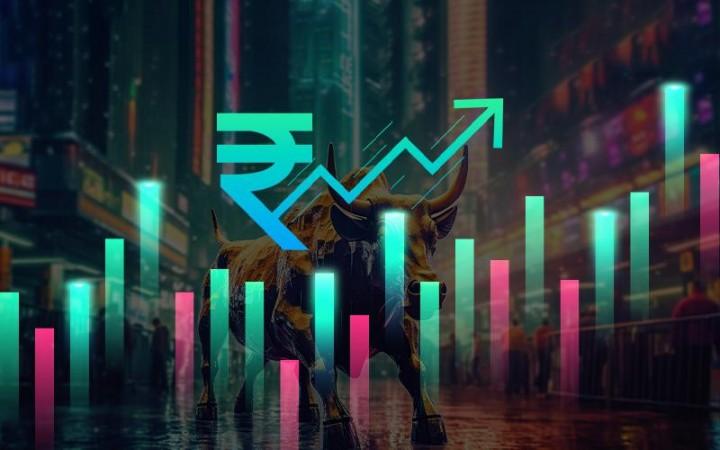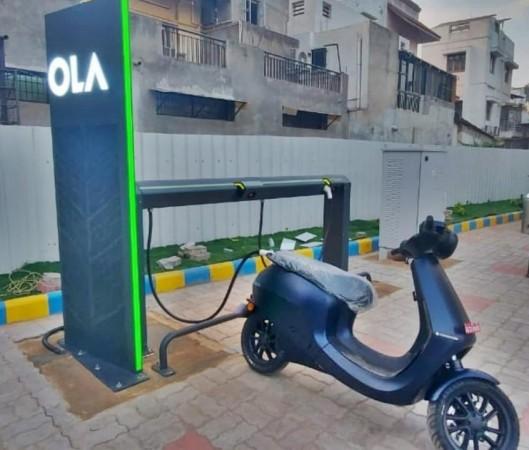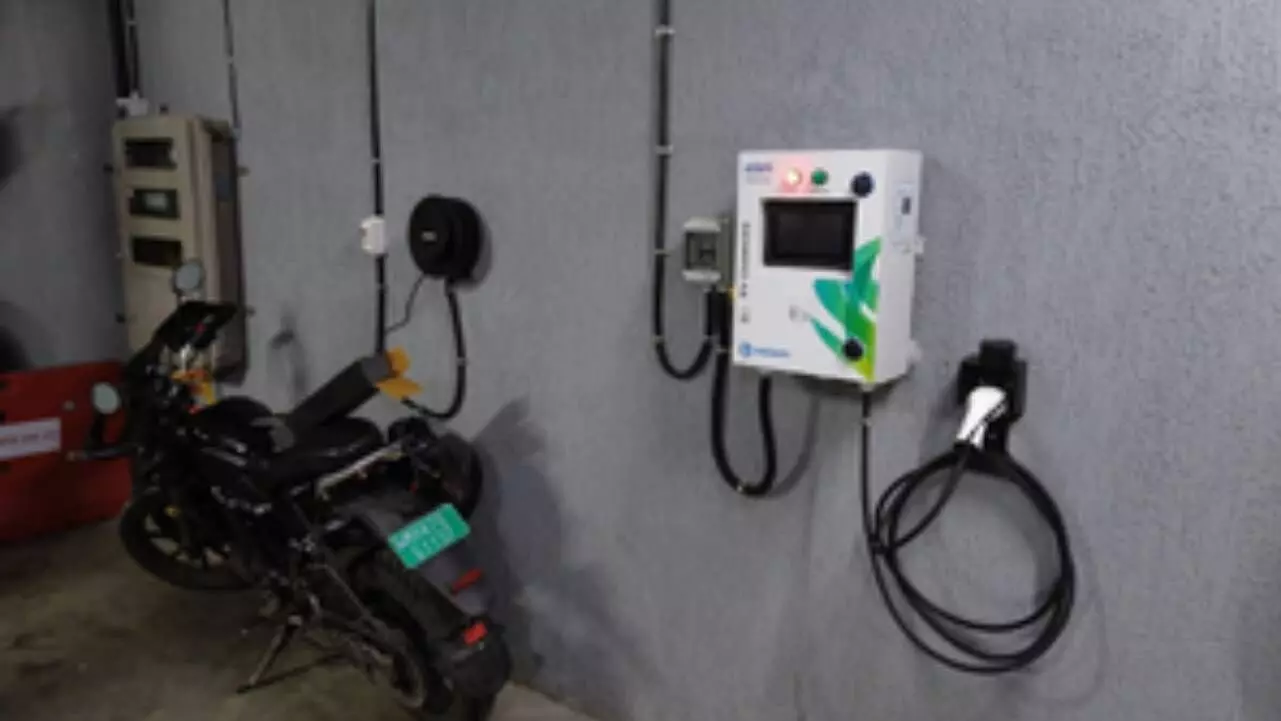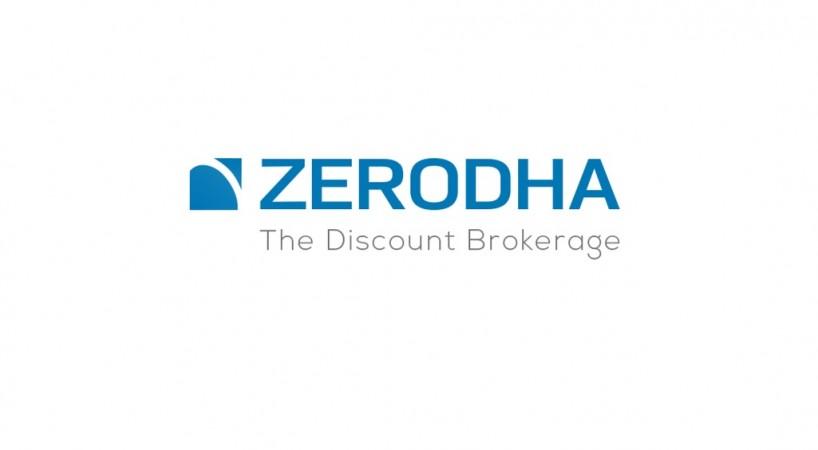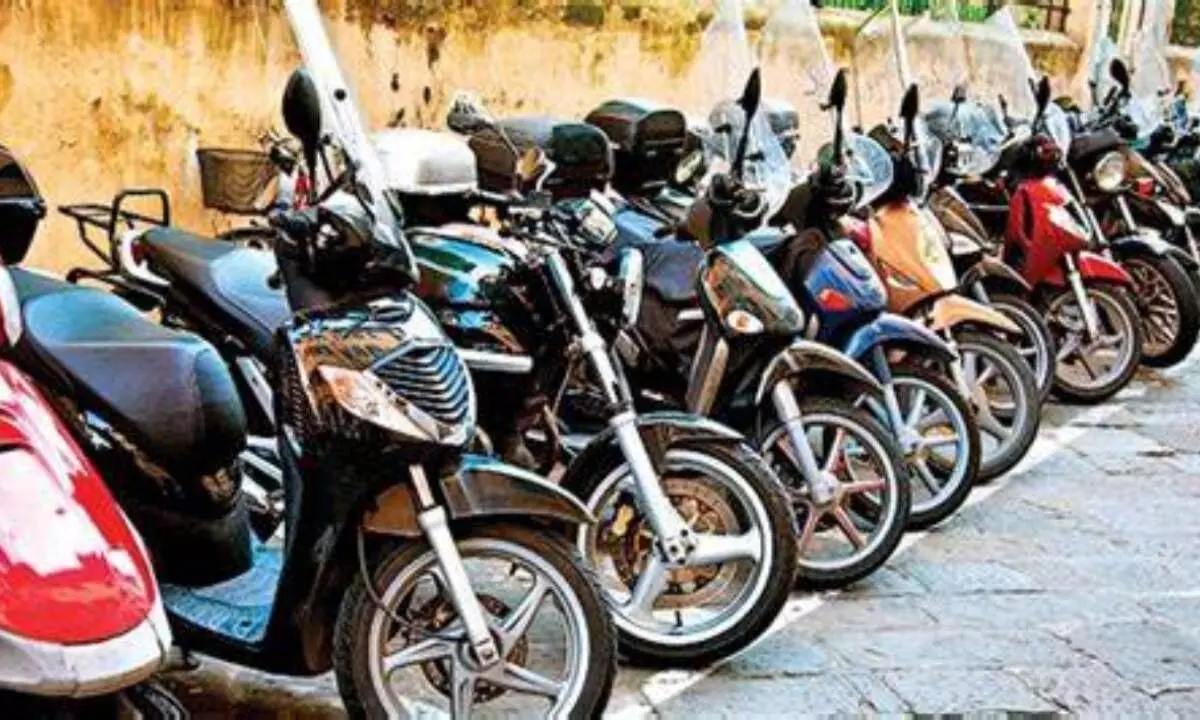
New Delhi, Oct 18: India has surpassed China to become the largest two-wheeler market in the world, driven by rising demand in rural areas, supported by favourable monsoon conditions and government initiatives for rural development, a report showed on Friday.
Globally, two-wheeler sales grew 4 per cent (year-on-year) in the first half of 2024, according to Counterpoint Research.
Although India, Europe, North America, Latin America, and the Middle East and Africa saw growth, China and Southeast Asia (SEA) experienced a decline.
Senior analyst Soumen Mandal said that India’s two-wheeler market saw a remarkable 22 per cent YoY growth in the first half this year.
“This strong performance allowed India to surpass China and become the world’s largest two-wheeler market,” he mentioned.
Two-wheelers saw strong double-digit growth (year-on-year) in the second quarter of this fiscal in India.
In China, two-wheelers under 125cc remain popular, but consumers are increasingly opting for e-bicycles over motorcycles and scooters for daily commuting. This shift has led to a temporary slowdown in the Chinese two-wheeler market, particularly in the electric segment.
In South East Asia, major markets such as Indonesia, Vietnam, the Philippines, Thailand, and Malaysia saw a decline in two-wheeler sales due to geopolitical trade tensions, stricter lending criteria, and cautious consumer spending amid economic uncertainty.
The top-10 global two-wheeler manufacturers captured over 75 per cent of sales during H1 2024.
Honda maintained its leading position in the global two-wheeler market, followed by Hero MotoCorp, Yamaha, TVS Motor and Yadea.
TVS Motor was the fastest-growing brand (up 25 per cent YoY) among the top-10 brands while Yadea declined the most (down 29 per cent YoY), slipping to fifth position.
Neil Shah, Vice President of Research, said that electrification is on the rise, and by 2030, we expect four out of 10 two-wheelers sold to be electric.
“This shift is also accelerating the adoption of embedded cellular connectivity in the two-wheeler segment. As the automotive industry advances toward C-V2X technology, the two-wheeler segment will follow suit,” he noted.


